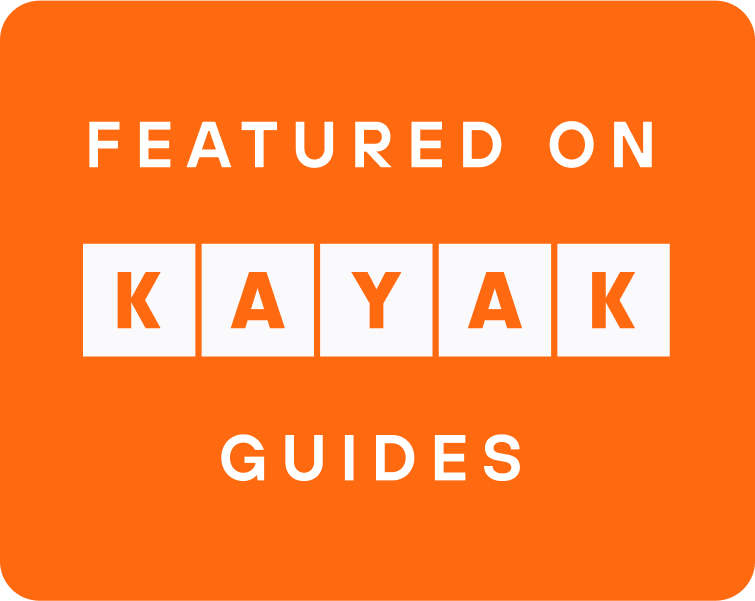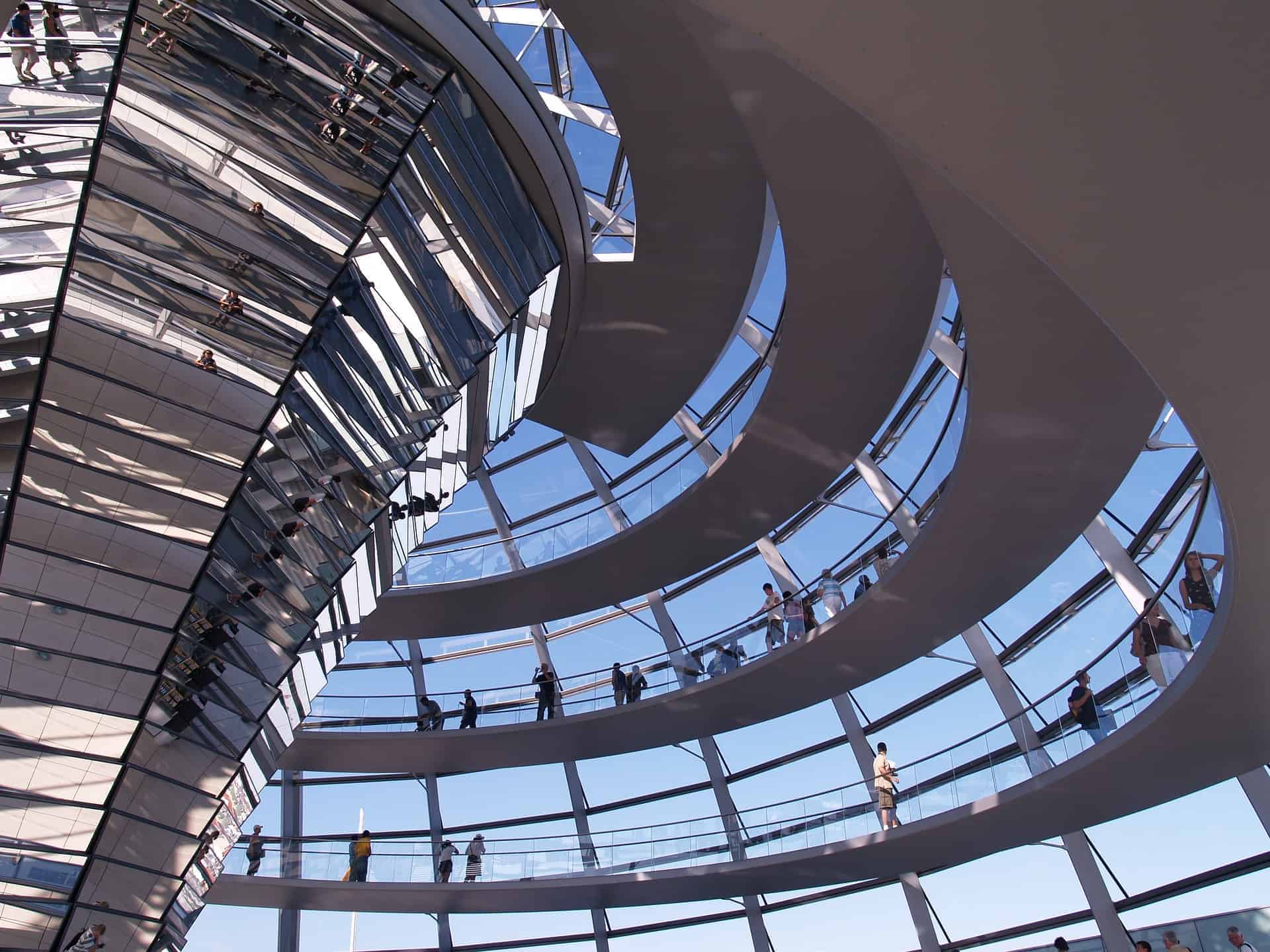One of the most exciting experiences in Berlin is standing inside the stunning glass dome of the Reichstag, right above the heads of Germany’s elected representatives.
It’s not only a breathtaking panoramic viewpoint over the city, but also a powerful symbol: the public literally looking down on its government.
From a divided and devastated city to the beating heart of European democracy the story of this building is a fascinating journey between past and present.
So how do you visit it, and what makes this place such a must-see in Berlin? Here is everything you need to know.
The Reichstag: National symbol, history and modern architecture
The Reichstag is not just another government building. It is the seat of the Bundestag, the German federal parliament, and one of the most important political and historical sites in all of Germany.
Today it is also one of the most popular attractions in Berlin and no trip to the German capital feels complete without it.
Why is the Reichstag so important?
While Germany is a federation of 16 semi-autonomous states, the Reichstag is the political heart of the country and a symbol of its unity.
A short history: From empire to republic
The history of the Reichstag mirrors the history of Germany itself:
The beginning (1894)
The building was completed after the unification of Germany in 1871 under Otto von Bismarck and served as the parliament of the German Empire.The fire (1933)
This traumatic and defining event took place shortly after Hitler came to power. The building was set on fire, and the Nazis used the incident (most likely staged by them) as a pretext to suspend democratic freedoms and cement their dictatorship.
In many ways, this was the opening shot of the Third Reich.The end of World War II
During the Soviet conquest of Berlin, the ruined Reichstag became a symbol of victory. The famous photograph of the Red Army flag being raised on its roof is one of the most iconic images marking the end of the war in Europe.The Cold War
The damaged building stood in East Berlin, right next to the Berlin Wall, and remained without a real political function for roughly 60 years.Reunification and reconstruction
After the fall of the Wall and German reunification in 1990, the government decided to move the capital back from Bonn to Berlin.
In 1991, renowned British architect Sir Norman Foster was chosen to transform the bombed-out Reichstag into a modern, symbolic and functional parliament building.
The glass dome: Transparency above all
As part of Foster’s redesign, which kept only the four historic outer walls, the famous glass dome was created. This dome is the main reason millions of visitors come here every year.
The symbol
The dome represents democratic transparency. Visitors stand above the elected representatives and can literally look down into the plenary chamber, a strong architectural metaphor for the sovereignty of the people.The architecture
Inside the dome, a huge mirrored cone brings natural light down into the building and helps regulate temperature and energy use.The view
You can walk up the spiral ramps and enjoy a fantastic 360° view over Berlin, one of the best free viewpoints in the city.
How to visit the Reichstag: Practical guide (entry is free!)
Visiting the dome and the rooftop terrace is free of charge, but advance registration is mandatory.
1. Advance registration (recommended)
When to register?
Send a request via the official website at least a few weeks, ideally up to a month in advance, especially in peak tourist seasons.Where?
On the official Bundestag website: www.bundestag.de (look for “Online registration”).What do you receive?
A digital confirmation with your time slot – keep it on your phone or printed.
2. Same-day registration on site
Where?
Go to the visitor service outpost on the south side of Scheidemannstraße, right next to the Berlin Pavilion.How does it work?
If there are still available time slots, you can get a ticket for later the same day (with at least a two-hour gap) or for the following one or two days.Important:
It’s not guaranteed, especially in busy times – but definitely worth trying if you didn’t manage to book in advance.
3. Opening hours and security checks
Opening hours of the dome
The dome and roof terrace are open daily from 08:00 to 23:59.
Last admission is at 21:45.
This makes the Reichstag one of the best evening and night attractions in Berlin!Documents
You must bring a valid passport or another official photo ID.
A regular Israeli ID card without a passport will not be accepted at the security check.Security & timing
Plan to arrive 15–20 minutes before your booked time slot for the security screening.
Types of visit
You can experience the Reichstag in several ways:
Independent visit to the dome
Audio guide: available in multiple languages – including Hebrew!
Duration: about 45–60 minutes
Notes: the most popular option; entry slots every 15 minutes.
Guided tour
Languages: German / English
Duration: about 90 minutes
Notes: includes explanations about the plenary chamber and the work of parliament.
Local tips for a perfect visit
Combine it with nearby sites
The Reichstag is just a short walk from the Brandenburg Gate and the Memorial to the Murdered Jews of Europe (Holocaust Memorial).
You can easily combine all three in one morning or afternoon.Book around sunset
If you can, choose a time slot close to sunset. The light over Berlin and the city lights coming on create a magical atmosphere.Restaurant with a view
Celebrating something special? You can book a table at the Käfer Dachgarten Restaurant on the Reichstag rooftop.
A reservation at the restaurant includes entry to the building and dome, without going through the regular online registration process.
Why the Reichstag is more than just a building
The Reichstag is much more than an impressive piece of architecture.
It is a living symbol of democracy, transparency and the long historical journey Germany has taken from the 19th century to today.
A visit to the glass dome is emotional, educational and truly unforgettable highlight you should not miss when you’re in Berlin.
You might also like:
“Top museums in Berlin


